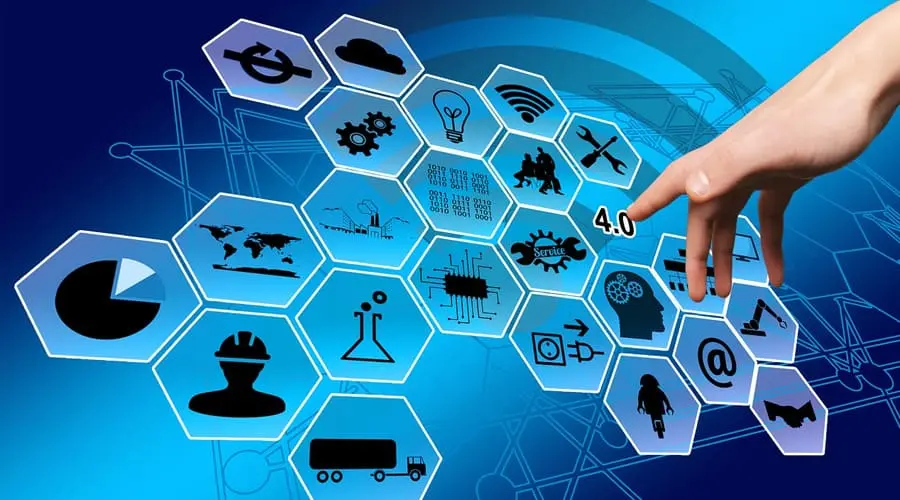
How Technology is Revolutionizing Customs Declarations and Trade Compliance
Introduction
In today’s globalized world, international trade plays a pivotal role in the growth and development of economies around the globe. However, the intricacies of customs declarations and trade compliance have long been a cumbersome and often opaque process. The good news is that technology is ushering in a new era, revolutionizing customs declarations and trade compliance. This transformation is streamlining processes, reducing errors, and enhancing transparency in international trade. In this article, we will explore how technology is driving this revolution and its profound implications for businesses and governments alike.
Automated Data Processing
Traditionally, customs declarations were paper-based documents that required meticulous attention to detail. With the advent of technology, customs authorities and businesses now have access to automated data processing systems. These systems can handle vast amounts of data quickly and accurately, significantly reducing the risk of human error. Automation also speeds up the customs clearance process, allowing goods to move more swiftly across borders.
Electronic Data Interchange (EDI)
Electronic Data Interchange (EDI) has emerged as a game-changer in customs declaration and trade compliance. It enables the seamless exchange of data between businesses and customs authorities in a standardized electronic format. EDI eliminates the need for manual data entry, reduces paperwork, and minimizes the chances of errors. It also facilitates real-time communication, enabling faster decision-making and greater transparency in the customs clearance process.
Blockchain Technology
Blockchain technology is making waves in the world of trade compliance by enhancing transparency and security. It provides an immutable ledger of all transactions, making it easier to track the movement of goods and verify their authenticity. This technology is particularly useful in combating counterfeit goods and ensuring the integrity of supply chains. Customs authorities and businesses can use blockchain to create a transparent record of every step in the trade process, from manufacturing to delivery.
Artificial Intelligence (AI) and Machine Learning (ML)
AI and ML are empowering customs authorities to better predict and detect trade violations. These technologies can analyze vast datasets to identify patterns and anomalies, helping customs officials target high-risk shipments more effectively. AI-powered systems can also assist in risk assessment and decision-making, allowing for more efficient allocation of resources. For businesses, AI and ML can help automate compliance checks, reducing the risk of costly penalties.
Advanced Analytics
Advanced analytics tools are providing valuable insights into trade compliance and customs declarations. By analyzing historical data and real-time information, businesses can identify trends, optimize supply chain processes, and make informed decisions. Customs authorities can use advanced analytics to improve risk assessment and allocate resources more efficiently. These tools are invaluable in a rapidly changing global trade landscape.
Cloud-Based Solutions
The adoption of cloud-based solutions has transformed the accessibility and scalability of trade compliance and customs declaration systems. Cloud technology allows customs authorities and businesses to access their data and applications from anywhere with an internet connection. This flexibility streamlines operations, reduces IT infrastructure costs, and ensures that all stakeholders are working with the most up-to-date information.
Mobile Applications
Mobile applications are simplifying customs declarations for businesses and individuals alike. Travelers can now complete customs declarations using their smartphones, reducing wait times at airports and border crossings. Businesses can also use mobile apps to track the status of their shipments in real-time, improving visibility and responsiveness.
Data Sharing and Collaboration
Technology is facilitating greater collaboration between customs authorities, businesses, and other stakeholders. Secure data sharing platforms allow for the exchange of information in real-time, enhancing communication and coordination. This collaborative approach improves compliance and reduces the risk of delays and errors.
Environmental Considerations
Technology is also contributing to more sustainable customs and trade practices. Digital customs declarations and automated processes reduce the need for physical paperwork, leading to significant reductions in paper waste. Additionally, improved supply chain visibility enabled by technology helps businesses make more environmentally conscious decisions, such as choosing more eco-friendly transportation options.
Challenges and Considerations
While technology is undeniably revolutionizing customs declarations and trade compliance, there are challenges to overcome. These include data security concerns, the need for standardized global systems, and the potential for technology to exacerbate existing inequalities. Governments and businesses must work together to address these issues and ensure that the benefits of technological advancement are realized by all.
Conclusion
The revolution in customs declarations and trade compliance driven by technology is reshaping the way businesses and governments engage in international trade. Automation, EDI, blockchain, AI, advanced analytics, and other technological innovations are streamlining processes, enhancing transparency, and improving efficiency. As this transformation continues, businesses that embrace these advancements will find themselves better positioned to navigate the complexities of global trade, while governments can better safeguard their borders and revenue. It’s a win-win scenario for all stakeholders, and the future of international trade looks brighter than ever before.



